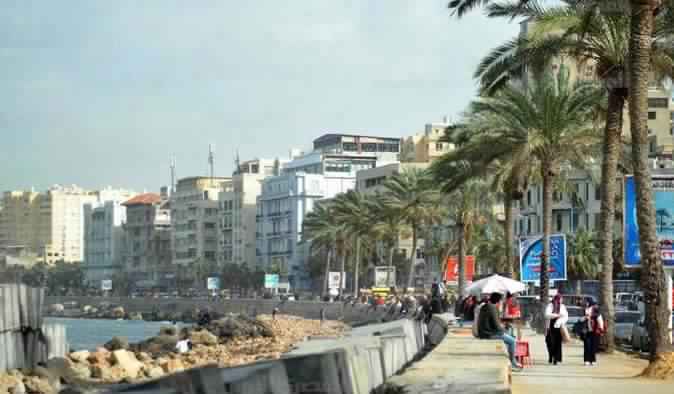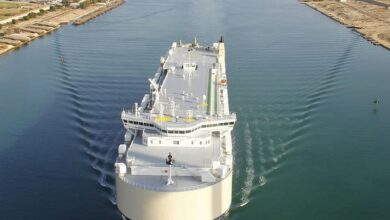Globally famous for being one of the world's most important repositories of ecological biodiversity, the Red Sea attracts more than 3 million tourists annually. However, many tourist resorts, especially in the southern Red Sea region, are increasingly failing to plan their construction projects in such a way as to help preserve the riches of the coral reefs.
"Over development of the fragile coastline is detrimental both to the environment and to tourism," said Hossam Helmy, chairman of Red Sea Diving Safari and director of the Shagra Ecolodge Hotel in Marsa Alam. "Many tourist resorts are exhausting the carrying capacity of the shores by not taking into account the positioning of the reef."
With more than 1500 km of fringing coral reef, the Red Sea boasts over 200 species of coral reef, some of which are up to 5000 years old. The Red Sea is also unique in that 10 percent of its 1000 species of fish are not found anywhere else in the world.
According to Helmy, 90 percent of the southern Red Sea coastline is made up of fringing reef, a type of coral reef that extends directly from the shoreline out to sea for up to 200 meters. Many tourist resorts have constructed their sites in coastal areas where fringing reefs are located. Since access to the open sea is limited, tourists often fail to return to these resorts.
"Developers lose on their investment and face the potential of bankruptcy as tourists return to other areas that do have easy access to the open sea," says Helmy.
One common response of tourism resorts and hotels to this quandry is to destroy sections of the reef in order to allow access to the open sea, with disastsrous ecological consequences. The more environmentally aware resort and hotel owners will often build jetties across the reefs, allowing access to the open water without touching the corals, while others have constructed lagoons just inland of the reefs.
However, a great many have simply ploughed a path through the reef to the open sea.
"Many aquatic species depend on these coral reefs for survival. It is also very problematic that a large portion of these species are rare or at risk of extinction," says Mohamed Gad, former director of Wadi al-Gemal National Park.
It is estimated that diving and snorkeling activities generate up to US$3 billion in tourism revenue per year. It is also estimated that every square meter of reef generates around $430,000 in tourism revenue per year. In the long run, the destruction of the reefs could have serious consequences in terms of touristic revenue.
Although Tourism Minister Mounir Fakhri Abdel Nour has said he is unaware of the issue, he has asserted that the tourist occupancy rate in hotels in Marsa Alam, where this phenomenon is more concentrated, is on average much lower than along the rest of the Red Sea coastline.
However, Helmy claims that although it is too late to save the coral reefs in the already existing tourist resorts, there is a way to avoid destruction of the reefs during future resort construction.
"There are two forms of natural bay that have sandy bottoms, rather than reef formations, and that allow easy access to the open sea from the shore. These formations are called 'marsas' and 'sharms'," says Helmy.
Gad adds: "Instead of building in areas that do have coral reef formations, tourist resorts should create a master plan and build their sites in these marsas or sharms."
According to Helmy, "These resorts must position themselves in an area that is easily accessible to the open sea, but also close enough to a reef, which marsas and sharms allow for. Hotels can organize boat excursions to visit off-shore reefs and islands for diving and snorkeling, rather than constantly damaging the fringing reef."
"Resort builders need to work in coordination with environmental experts, with national parks and with different ministries in order to understand the bigger picture. A proper specialized labor force must be created," Gad concludes.




